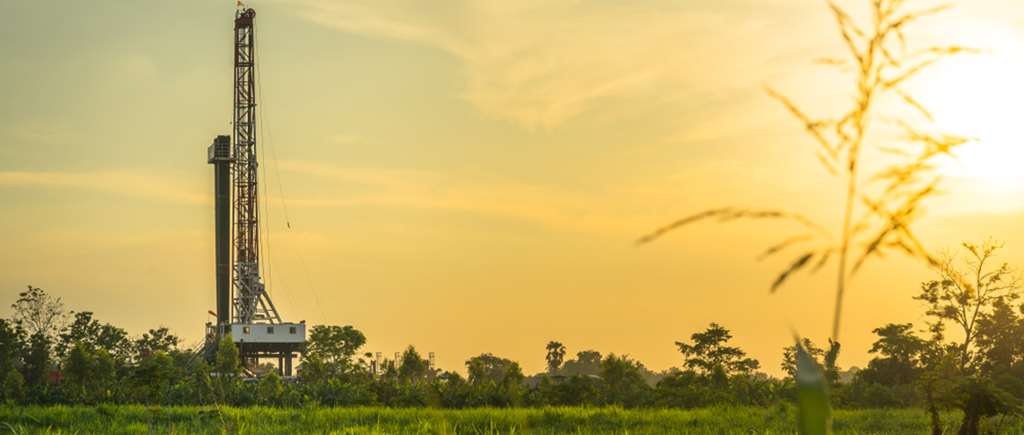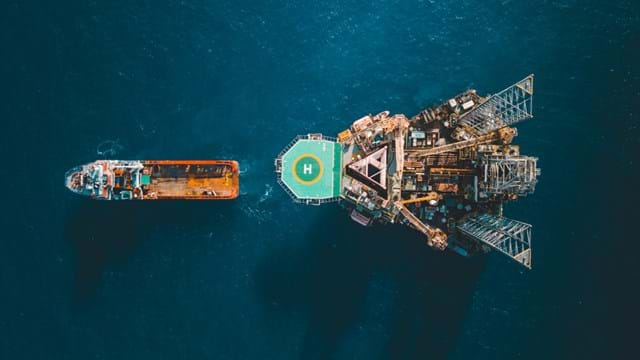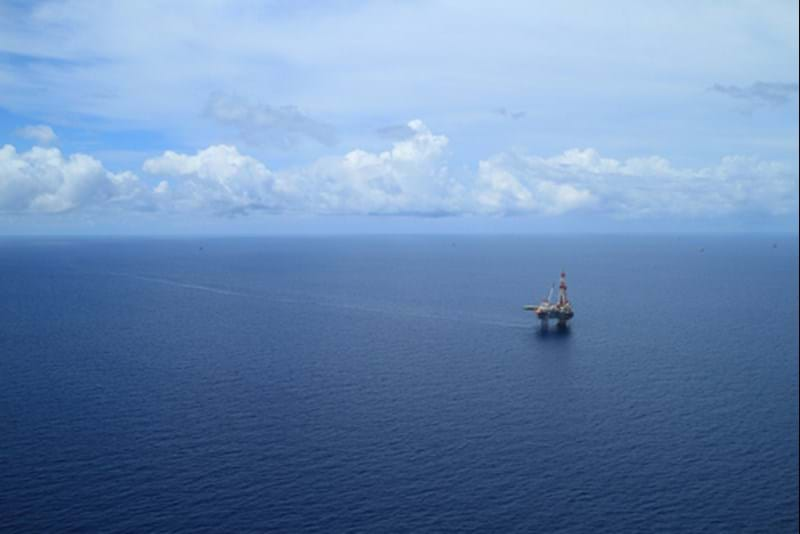Similar to many industrial activities, the Oil & Gas industry can affect the environment at several stages. The most significant impact during exploration and production of oil and gas is the release of chemicals to nature. With increased pressure on the global Oil & Gas industry to reduce its environmental footprint the need for more environmentally friendly and sustainable operations is more important than ever.

Sustainability in the Oil & Gas Industry
1. What drives sustainability in the Oil & Gas industry?
Most oil companies aim towards achieving cost-efficient and environmentally friendly operations. Companies are incorporating digital tools and automation in their operations to optimise their production strategies. The negative environmental impact of oil and gas activities has led to an unfavourable perception of the oil industry, especially among the younger generation.
The oil industry is one of the largest emitters of greenhouse gases (GHG) like carbon dioxide and methane. Several oil and gas majors have set targets to reduce greenhouse gas and net carbon intensity. Companies like Equinor, for example, have targeted near-zero methane emission by 2030 and zero GHG emission and zero net carbon intensity by 2050. Other oil majors (BP, Chevron, Conaco Philips, Eni, Exxon, Repsol, Shell and Total) have targeted significant reductions. However, achieving net zero emissions requires the development of technology for hydrogen as an energy carrier and maturing of technology for carbon capture and storage (CCS).
Another area of particular concern is the effect of chemicals used during various oil and gas production stages. With offshore production estimated to be around 25%-30% of the total output, there has been an increased focus on the chemicals used in upstream operations offshore and their negative impact on oceans and marine life. Major oil companies are focusing on using greener chemical alternatives, especially since environmental authorities (as with the North Sea) have strict requirements on the types of chemicals that can be discharged in the water.
2. How does the Oil & Gas industry affect the environment?
- Flaring and venting – flaring is the controlled burning of waste gas that takes place during production and processing. Some amount of natural gas reaches the surface during crude oil extraction, and methane is the major component. However, methane is a much more potent greenhouse gas compared to carbon dioxide, and hence flaring is considered the lesser evil. Venting is the controlled release of gas into the atmosphere during production. The growing trend is transporting the gas to an onsite facility or using it on drilling platforms as an energy source
- Water usage and recycling – significant volumes of seawater are consumed during oil and gas production offshore. In addition, the the extraction operation also produces water. This water, known as production water, historically was considered to be a waste. However, the focus now is to treat it for reuse, thereby reducing natural water usage from the sea and reducing discharge.
- Managing drill cuttings – drill cuttings are the pieces of rock, clay, etc., that are transported to the surface by the drilling fluid/mud. Disposing of the drill cuttings depends on the nature of the drilling fluid used (aqueous or non-aqueous based). Separating drill cuttings is less demanding when using water-based drilling fluid containing less harmful chemical additives.
- Disposal of drilling fluids – disposal regulations depend on the drilling employed. Only water-based drilling fluid is allowed to be discharged offshore after treatment.

3. What are the environmental advantages of using water-based drilling fluids over oil-based drilling fluids?
The two main types of drilling fluids are water-based fluids (WBF) and non-aqueous based fluids (NABF). NABFs can be further classified as oil-based fluids (OBF), mineral oil-based fluids (MOBF) and synthetic-based fluids (SBF). Conventional OBF are based on diesel or crude oil, which can pose a potential fire hazard due to low flashpoints of vapour emitted from oil. This problem is partially overcome by using mineral oil or synthetic fluid, which have higher flashpoints. Moreover, only WBF is permitted to be discharged into the sea. Synthetic-based fluids and oil-based fluids are restricted in environmentally sensitive areas due to toxicity concerns.
4. Which classes of drilling chemicals pose a risk to the environment?
- Heavy metals, notably chrome-containing additives such as chrome lignite, chrome lignosulfonate mud thinners and chromate corrosion inhibitors pose risks. Chromium, especially in hexavalent form Cr (VI), is toxic and carcinogenic. Barite can also contain heavy metal impurities. New regulations in the US propose excluding sources of barite ore based on its heavy metal contamination.
- Aromatic hydrocarbons, e.g., asphalt derived fluid loss control agents and emulsifiers
- Certain (fatty) amine compounds (including QACs), e.g., corrosion inhibitors, surfactants, H2S scavengers (e.g., triazines), EDTA (poor biodegradability), etc.
- H2S scavengers: There is concern about health, safety and environmental aspects of organic scavengers (triazines, glyoxal, amines) and their reaction products. Unreacted triazines, for example, have very high aquatic toxicity. Similarly, zinc-based solid scavengers like zinc carbonate and zinc oxide are not desirable since zinc is a heavy metal pollutant that does not break down with time.
- Chelating agents like Ethylenediamine tetraacetic acid (EDTA) are effective scale dissolvers but have poor biodegradability and high persistency.
- Crosslinkers like boron compounds are toxic and mobile in soil and groundwater.
- Phosphorous containing additives, e.g., phosphonate-based scale inhibitors, are poorly biodegradable.
5. What is OSPAR?
OSPAR is the mechanism by which fifteen governments (Belgium, Denmark, Finland, France, Germany, Iceland, Ireland, Luxembourg, Netherlands, Norway, Portugal, Spain, Sweden, Switzerland and the United Kingdom) together with the European Union, cooperate to protect the marine environment in the Northeast Atlantic Ocean.
6. What is HOCNF?
Harmonised Offshore Chemical Notification Format (HOCNF) is a document/datasheet that tells you how the chemical/substance affects marine life. It applies to all chemicals used in offshore exploration and production activities in the OSPAR maritime area. It contains information on biodegradability, bioaccumulation, and toxicity. Norway employs a colour system to classify substances based on their effect on marine life.

7. What is the PLONOR List?
The PLONOR list is a list of OSPAR chemicals considered to pose little or no risk to the environment. Therefore, the use and discharge of chemicals on the PLONOR list, do not need to be strongly regulated.
A substance must meet the following criteria to be classified under the ‘Green’ category in the PLONOR list:
-
- Bioaccumulation: log POW < 3 or BCF < 100 or molecular weight > 700 g/mol,
- Biodegradation: Readily biodegradable, and
- Toxicity: LC50 or EC50 > 100 mg/l
Examples of substances considered to pose little or no risk to the environment (PLONOR) include several inorganics, acetic acid, ethanol, butanol, propanol, glycerine, attapulgite clay, bentonite, cellulose, lignite, sodium lignosulfonate, calcium lignosulfonate, iron lignosulfonate, starch without additives, sugarcane molasses and xanthan gum.
